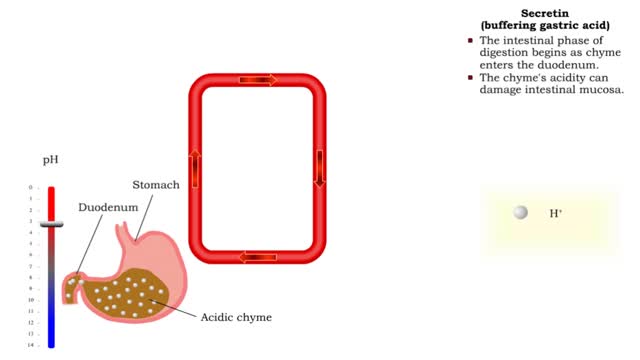Nucleic acid digestion - brush border enzymes, end products & transport mechanism
By: HWC
Date Uploaded: 02/03/2020
Tags: homeworkclinic.com Homework Clinic HWC Nucleic acid digestion brush border enzymes microvilli epithelial cells Nucleosidases duodenum jejunum basolateral membrane
• Further digestion occurs at the microvilli (brush border) of the epithelial cells of the villi in the small intestine. • Two brush border enzymes complete nucleic acid digestion: • Phosphatases, which catalyze the cleavage of a phosphate to form a nucleoside (nitrogenous base and pentose sugar). • Nucleosidases, which catalyze the breaking of the covalent bond that holds the nitrogenous base to the pentose sugar. • The final end products of nucleic acid digestion are: • nitrogenous oases. • Pentose sugars. • Phosphate ions. • Absorption of nucleic acid mainly occurs in the duodenum and jejunum of the small intestine. • At the intestinal villus, all nucleic acids are absorbed as: • Nitrogenous bases. • Pentose sugars. • Phosphate ions. • Membrane transport proteins carry the products of nucleotide digestion into epithelial cells from the lumen. • Some involve active transport; some involve secondary active transport. • Through diffusion, the products of nucleotide digestion are transported from the intestinal epithelial cells: • Across the basolateral membrane. • Into the interstitial fluid. • And, finally, into the blood. • The nucleotide digestion products are transported by blood circulation to the liver and other tissues where they undergo further degradation.
Add To
You must login to add videos to your playlists.
Advertisement












Comments
0 Comments total
Sign In to post comments.
No comments have been posted for this video yet.